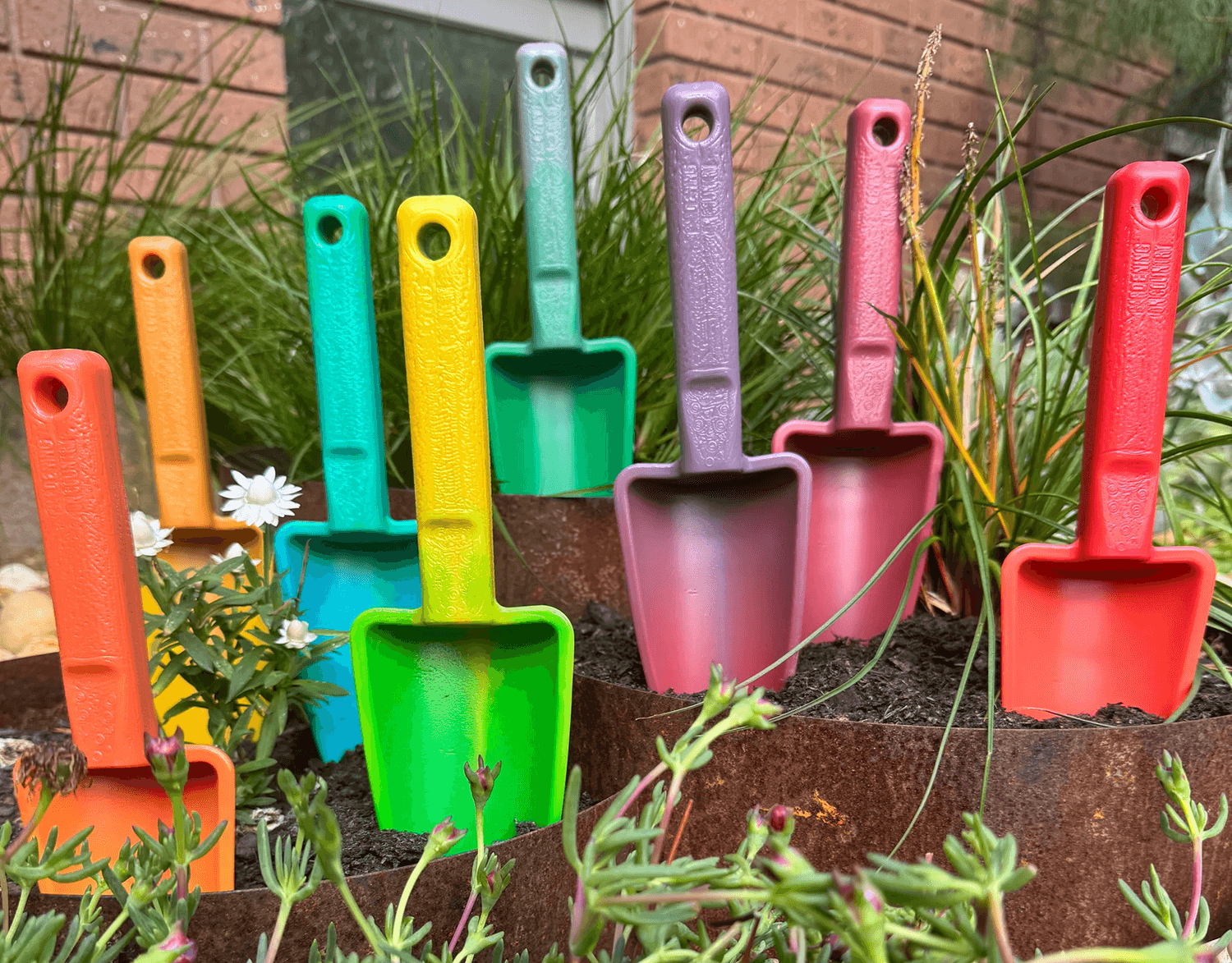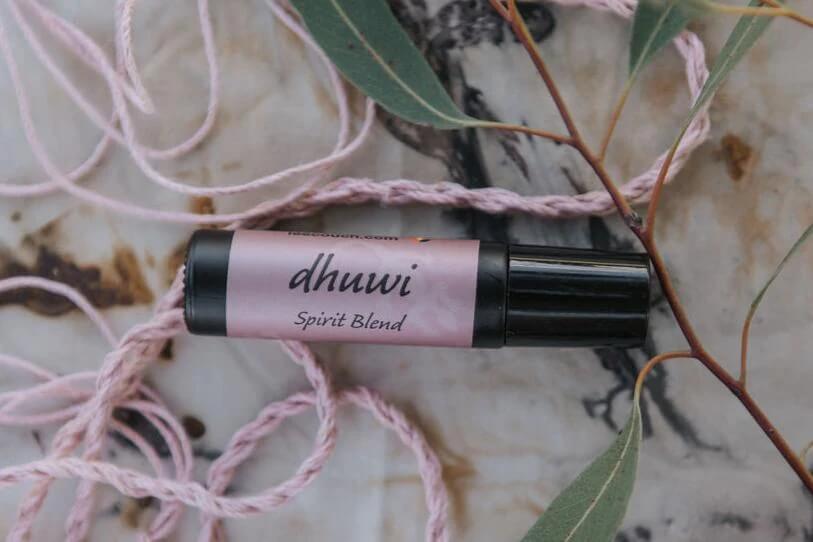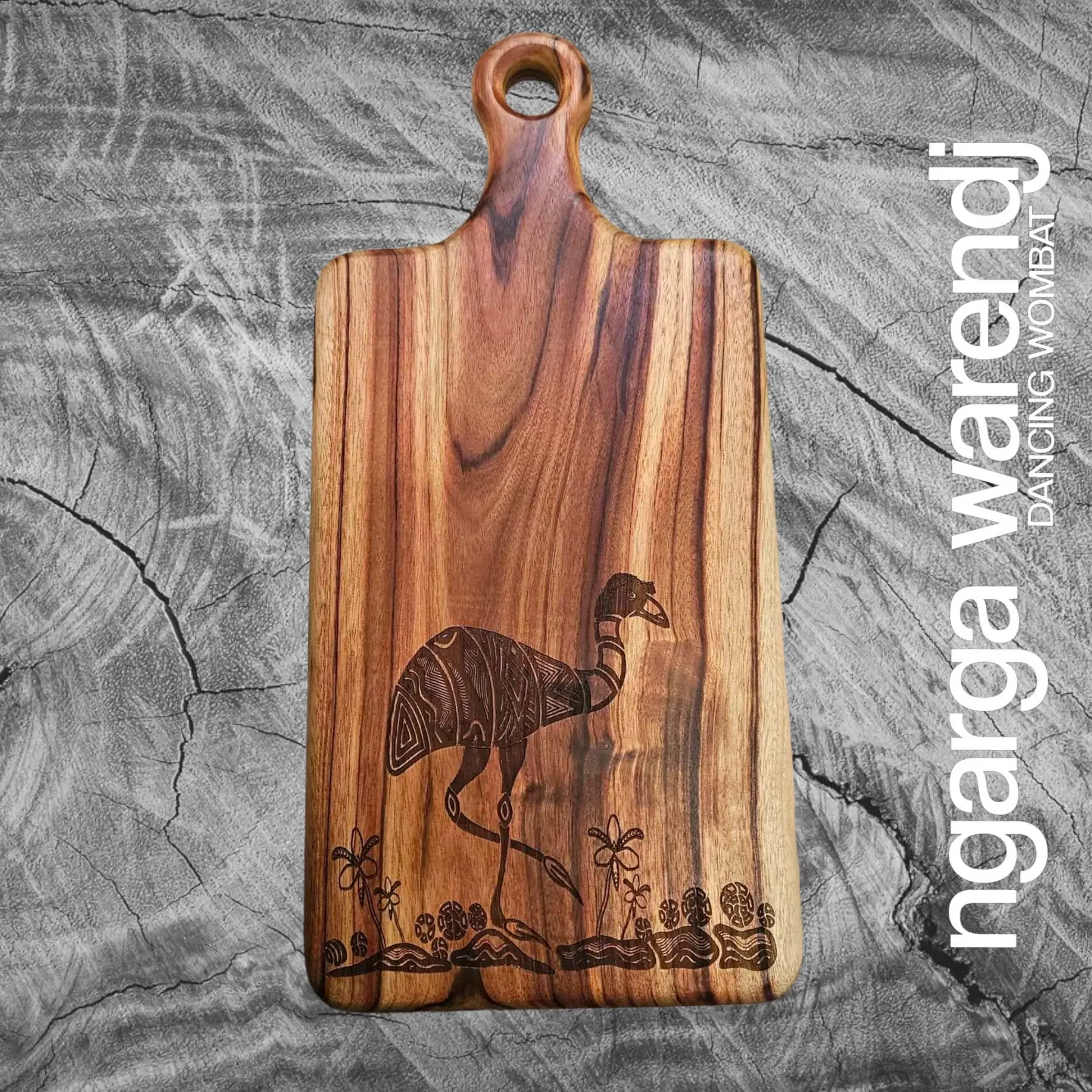
Gardening On Country
- Featured member

Not All Aboriginal Products Are Equal: Why Understanding the Difference Matters.
When you see a mug with Aboriginal artwork, a ‘native botanical’ wellness balm, or a t-shirt featuring Aboriginal artwork, it might feel like you’re supporting Aboriginal-businesses, culture and community.
But here’s the truth: not all Aboriginal products are created equal — and not all of them provide the same benefit or impact to Aboriginal people and communities.
In fact, many products that look Aboriginal, are made and sold by non-Aboriginal companies, and sometimes with little or no meaningful connection to Aboriginal businesses, Aboriginal artists or communities in the supply chain.
This is more than misleading, it’s a missed opportunity for genuine impact.
Buying Aboriginal products today comes with expectations of authenticity, integrity, and impact. These products aren’t just about design or ingredients — they’re often seen as tools for values-led purchasing. That means consumers need clearer indicators of who benefits, who’s involved, and how the product supports Aboriginal people and businesses and that transparency needs to be built into the product-to-market story through the following:
Too often, non-Aboriginal businesses use our traditional ingredients and Aboriginal artwork or designs (in many cases legitimately) to sell products that are entirely made, distributed, and majority profited by non-Aboriginal companies.
In the case of artwork, while artists may receive a commission, usually in the form of a licence fee and in most cases a royalty, the broader opportunity for Aboriginal business involvement in the development and manufacture of products and corresponding growth in packaging, printing, manufacturing, logistics, wholesaling, retailing is limited, untraceable and mostly non-existent.
These types of products create direct competition for Aboriginal-owned businesses.
Because larger, non-Aboriginal-owned companies can more easily produce in high volume, outsource cheaply, and access widespread retail channels, their products are often cheaper, more visible, and easier to find in airports, gift shops, supermarkets, and online.
This makes it harder for Aboriginal-owned businesses to compete, even when they are offering products with far greater cultural integrity, economic and community impact. What looks like a simple purchase can, unintentionally, take market share away from First Nations-owned brands that are building sustainable businesses and creating jobs.
It’s helpful to understand Aboriginal products as being on a spectrum of impact, from high impact, Aboriginal-owned and led, to culturally and economically harmful imitations and fakes.
This nuance matters because where and how you spend your money shapes the future whether it’s as part of a business or personally. Your choices can help grow First Nations-led enterprises, create jobs, and increase the rightful share of self-determined economic development related to our material culture.
At the core of ethical purchasing is one guiding principle:
If a product draws on Aboriginal culture, then Aboriginal-owned businesses should be meaningfully included somewhere in its supply chain.
This could be through:
Involvement at any of these stages ensures that Aboriginal people and businesses have a stake in the value created by our culture. It shifts the narrative from extraction to equity, and from tokenism to participation.
Without that involvement, products risk becoming just another form of cultural exploitation — regardless of the intent.
Purchasing Aboriginal products should be about who benefits and who is empowered through that transaction. Not all Aboriginal products are equal! But when you buy with awareness and intention, you help redirect value back to the people and communities that are the creators of the cultural uniqueness of these products that we all enjoy.



